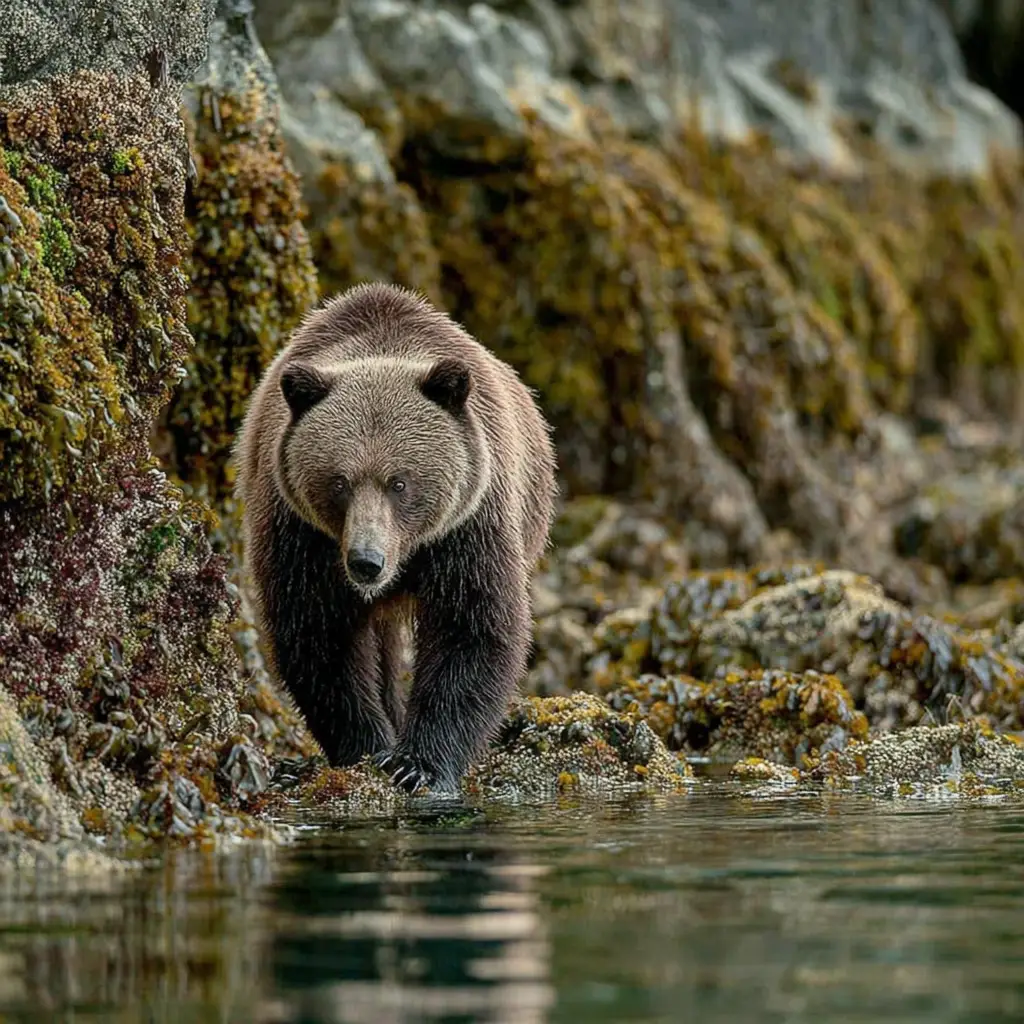
|
Trails |
Distance |
Time |
Rating |
Notes |
|---|---|---|---|---|
|
Gordon River to Thrasher Cove
|
6 km (3.7 mi)
|
4-5 hours
|
4C
|
Forested, steep climbs, muddy in rain, views of Port San Juan
|
|
Thrasher Cove to Camper Creek
|
8 km (5 mi)
|
4-5 hours
|
3D V
|
Beach route difficult until Owen Point, tide-dependent (below 1.8 m).
|
|
Camper Creek to Logan Creek
|
6 km (3.7 mi)
|
3-4 hours
|
3D II
|
Toughest part, muddy trails, boardwalks help.
|
|
Logan Creek to Walbran Creek
|
4 km (2.5 mi)
|
1-2 hours
|
3D II
|
Beach route risky at Adrenaline Creek, trail recommended.
|
|
Walbran Creek to Carmanah Creek
|
7 km (4.3 mi)
|
3-4 hours
|
2D II
|
Beach option at low tides, cable car crossing.
|
|
Carmanah Creek to Cheewhat River
|
10 km (6.2 mi)
|
5-6 hours
|
2C II
|
Water scarce late season, scenic forest and beach.
|
|
Cheewhat River to Nitinat River
|
4 km (2.5 mi)
|
1.5-2 hours
|
2C II
|
Inland trail, exit possible at Nitinat.
|
|
Nitinat River to Tsusiat Falls
|
7 km (4.3 mi)
|
3-4 hours
|
2C II
|
Spectacular headlands, beaches, popular camping.
|
|
Tsusiat Falls to Tsocowis Creek
|
7 km (4.3 mi)
|
3-4 hours
|
2C II
|
Cable car at Klanawa River, Valencia Bluffs shipwreck site.
|
|
Tsocowis Creek to Michigan Creek
|
4 km (2.5 mi)
|
1-2 hours
|
2B I
|
Mostly beaches, easy hiking.
|
|
Michigan Creek to Pachena Beach
|
12 km (7.4 mi)
|
5-6 hours
|
3C I
|
Steep ladders, challenging sections, ends at trailhead.
|
|
Month |
Weather Conditions |
Trail Accessibility |
Considerations |
|---|---|---|---|
|
May
|
Variable; cooler temperatures with increased rainfall.
|
Trail open; some campsites may be closed.
|
Less crowded; prepare for wet conditions.
|
|
June
|
Mild temperatures; moderate rainfall.
|
Trail open; most campsites operational.
|
Increasing number of hikers; moderate weather.
|
|
July
|
Warmer temperatures; drier conditions.
|
Trail open; all campsites operational.
|
Peak season; higher demand for permits.
|
|
August
|
Warm temperatures; drier conditions.
|
Trail open; all campsites operational.
|
Peak season; higher demand for permits.
|
|
September
|
Cooling temperatures; increased rainfall.
|
Trail open; some campsites may be closed.
|
Less crowded; prepare for variable weather.
|
|
Aspect |
Average Rating / Feedback Summary |
Notes / Tips |
|---|---|---|
|
Scenery
|
4.8/5 – Stunning coastlines, forests, waterfalls
|
Bring a camera; sunrise at Tsusiat is a highlight
|
|
Difficulty
|
4.5/5 – Very challenging for beginners
|
Train with weighted packs before your hike
|
|
Campsites
|
4.2/5 – Great locations, basic amenities
|
Some pit toilets are rough; bring your own TP
|
|
Wildlife Encounters
|
4.6/5 – Frequent sightings of marine and forest animals
|
Store food properly to avoid bear encounters
|
|
Weather Conditions
|
3.5/5 – Can be wet and muddy
|
Best months: July–Aug; rain gear is essential
|
|
Booking Process
|
4.5/5 – Generally smooth online process
|
Book early; flexible start dates help
|
|
Navigation & Signage
|
4.0/5 – Mostly clear, some tricky spots
|
Use official maps and GPS apps like Gaia or AllTrails
|
|
Value for Money
|
4.4/5 – Expensive but worth the experience
|
Ferries, shuttles, gear rental costs can add up
|